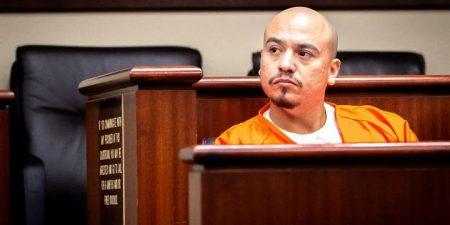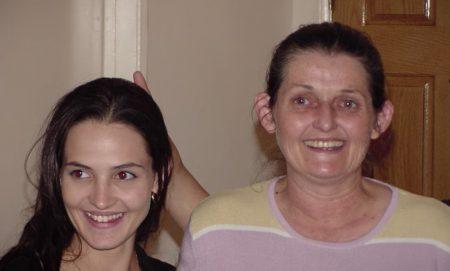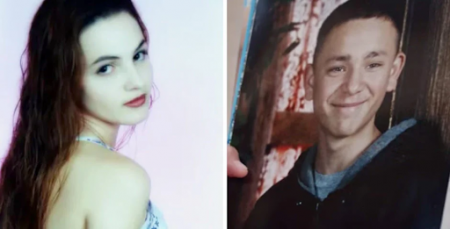
JANINE SHUMAN
campus editor
In the blackness of the still night, only the moon illuminates the SUV Crystal Theobald, her boyfriend and her brother sit in. A white SUV similar to theirs pulls up nearby, sending a chill down their spines. In an attempt to escape, the car ambushes them at an intersection, ending Theobald’s life with a bullet.
Netflix’s latest documentary, “Why Did You Kill Me?”, illustrates this scene through the use of a diorama, which transports the audience to the night of Theobald’s murder.
The documentary instantly hooks viewers with the nostalgic boot-up of Windows XP following a sequence of MySpace message exchanges between Crystal and her presumed killer. “I love you,” the man professes, to which Theobald replies, “Then, why did you kill me?”

No, Theobald did not resurrect and haunt her killer. Her mother Belinda Lane and cousin Jaimie McIntyre set up a MySpace profile using her photo hoping the presumed killer falls in love with her and reveals information regarding her murder.
The documentary focuses on Lane, whose boundary between revenge and justice fades as her grief deepens. Through MySpace, Lane and McIntyre bring Theobald back to life virtually to message the men involved in her death — a gang called the 5150.
 Lane was hellbent on revenge, and after getting one of the members to fall in love with her daughter, she invites the members to a fake party. It is an elaborate setup where she planned on murdering them, only pulling out when her children emphasize her unstable mental state. The documentary does a great job at showcasing the tremendous impacts of grief as Lane’s desire for revenge grows stronger. Every member interviewed for the documentary provides a relevant perspective to Theobald’s story, leaving no stone unturned. When Lane messages William Sotello, the man driving the vehicle that night, she confronts him with the truth. “This is Crystal Theobald,” she types. “I’m the girl you murdered.” After bringing her evidence to the police, they question two brothers who were in the vehicle that night, where they reveal that Theobald’s car was mistaken as a rival gang.
Lane was hellbent on revenge, and after getting one of the members to fall in love with her daughter, she invites the members to a fake party. It is an elaborate setup where she planned on murdering them, only pulling out when her children emphasize her unstable mental state. The documentary does a great job at showcasing the tremendous impacts of grief as Lane’s desire for revenge grows stronger. Every member interviewed for the documentary provides a relevant perspective to Theobald’s story, leaving no stone unturned. When Lane messages William Sotello, the man driving the vehicle that night, she confronts him with the truth. “This is Crystal Theobald,” she types. “I’m the girl you murdered.” After bringing her evidence to the police, they question two brothers who were in the vehicle that night, where they reveal that Theobald’s car was mistaken as a rival gang.
 Theobald wasn’t meant to die, and her murderer was a 17-year-old named Julio Heredia. The brothers Manuel and William Lemus contributed great perspectives to the documentary, noting the trauma they face years after witnessing the murder and the dangers of joining a gang. After convicting Heredia, Lane makes the honorable decision not to impose the death penalty, even though throughout the film she made it explicit that she wanted the murderer dead. Heredia’s sister makes an appearance at the end, presenting a different perspective. His upbringing was tough and when they were abandoned as children, he was all she had.
Theobald wasn’t meant to die, and her murderer was a 17-year-old named Julio Heredia. The brothers Manuel and William Lemus contributed great perspectives to the documentary, noting the trauma they face years after witnessing the murder and the dangers of joining a gang. After convicting Heredia, Lane makes the honorable decision not to impose the death penalty, even though throughout the film she made it explicit that she wanted the murderer dead. Heredia’s sister makes an appearance at the end, presenting a different perspective. His upbringing was tough and when they were abandoned as children, he was all she had.
The documentary will grip at heartstrings and keep viewers at the edge of their seats with plot twists and chilling visuals. In the end, viewers may leave feeling a whirlwind of emotions, but the watch is certainly worthwhile.

